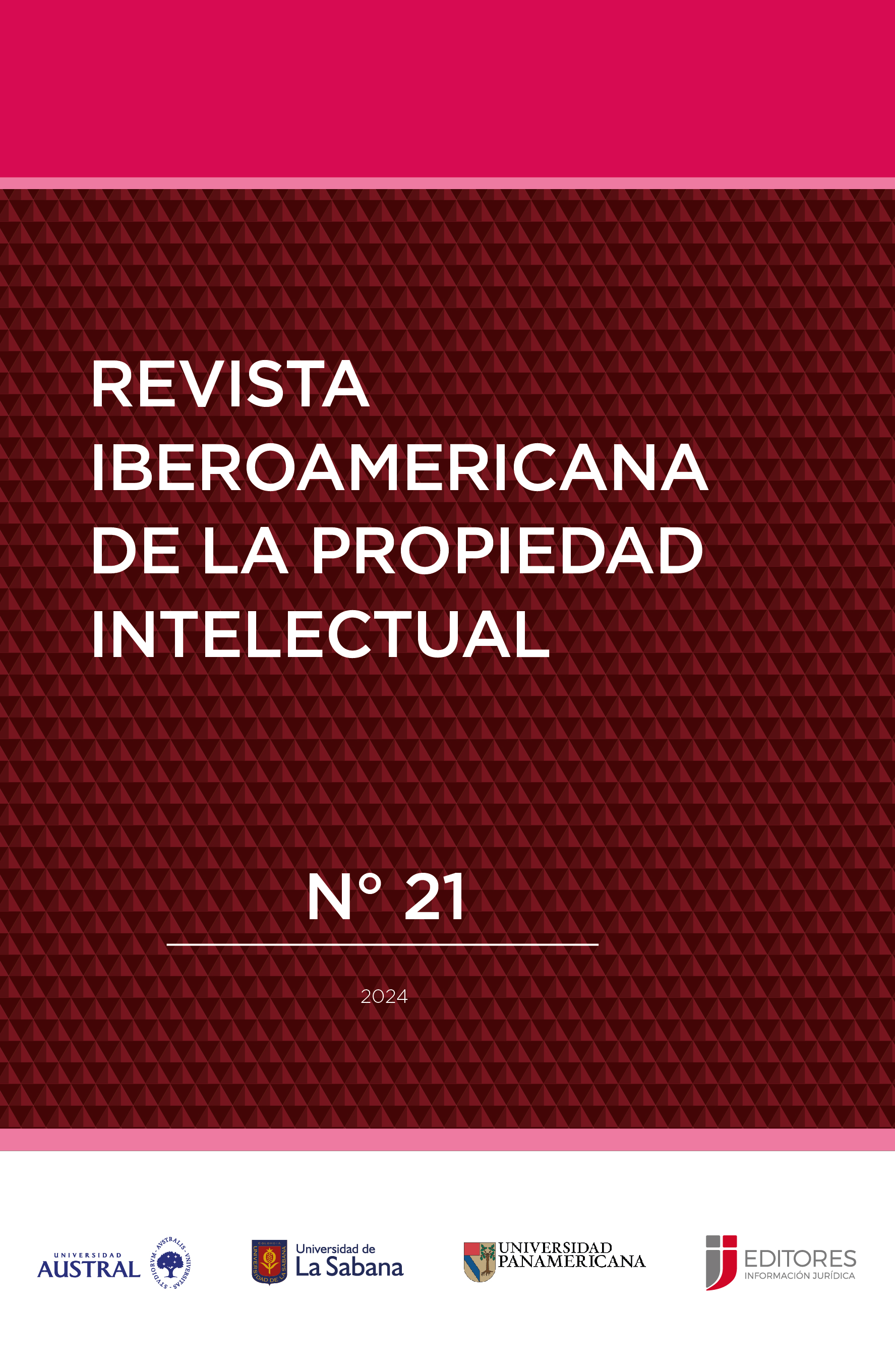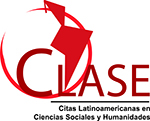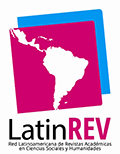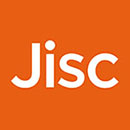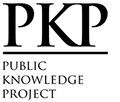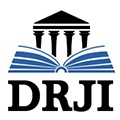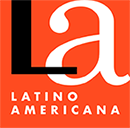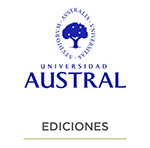Deepfakes, digital replicas and the future of creative work: challenges and regulatory trends
Abstract
This article analyzes the impact of deepfakes and digital replicas on the creative sector. It reflects on the creative sector's concerns about the possible replacement of artists by avatars or synthetic characters, as well as the unauthorized use of digital replicas, voices and images of artists for artificial intelligence (AI) training or advertising purposes. Cases are examined to illustrate the legal complexities of protecting voice and likeness from deepfakes and digital replicas. Finally, the article discusses some regulatory trends with an emphasis on the United States and the European Union, as well as other proposals that seek to protect the rights of artists and the future of work in the context of AI.
Downloads
References
Ammerman Yebra, J. (2021). El derecho a la propia voz como derecho de la personalidad. Revista de Derecho Civil, VIII(4), 257-263.
Azuaje Pirela, M. (2020). Protección jurídica de los productos de la inteligencia artificial en el sistema de propiedad intelectual. Revista Jurídica Austral, 1(1), 319-342. https://doi.org/10.26422/RJA.2020.0101.azu.
Azuaje Pirela, M. (2023a). Deepfakes, distorsión de la realidad y desafíos jurídicos: ¿Cómo debe responder el derecho cuando no todo es lo que parece? Telos: Cuadernos de comunicación e innovación, (122), (Ejemplar dedicado a: Posverdad), 126-129.
Azuaje Pirela, M. (2023b). Clonación de voces e imágenes con inteligencia artificial: ¿qué tan protegidos estamos? El Mostrador. https://www.elmostrador.cl/noticias/opinion/2023/11/14/clonacion-de-voces-e-imagenes-con-inteligencia-artificial-que-tan-protegidos-estamos/.
Azuaje Pirela, M. (2024). Nueva “Ley ELVIS” para proteger a los artistas frente a los deep fakes. Estado Diario. https://estadodiario.com/columnas/nueva-ley-elvis-para-proteger-a-los-artistas-frente-a-los-deep-fakes/#:~:text=Establece%20derechos%20de%20propiedad%20individual,creativo%20en%20la%20era%20digital.
Bañuelos Capistrán, J. (2020). Deepfake: la imagen en tiempos de la posverdad. Revista Panamericana de Comunicación, 2(1), 51-61. Https://doi.org/10.21555/rpc.v0i1.2315.
Chowdhury, R. (2024). We need new rules as AI infiltrates elections. Nature, (628), 237. https://doi.org/10.1038/d41586-024-00995-9.
Dolhansky, B., Bitton, J., Pflaum, B., Lu, J., Howes, R., Wang, M. y Ferrer, C. C. (2020). The deepfake detection challenge (dfdc) dataset. arXiv preprint arXiv:2006.07397.
Encabo Vera, M. (2012). Derechos de la personalidad. Marcial Pons.
Gmyrek, P., Winkler, H. y Garganta, S. (2024). Buffer or Bottleneck? Employment Exposure to Generative AI and the Digital Divide in Latin America. ILO World Bank, Working Paper 121. https://doi.org/10.54394/TFZY7681.
Guadamuz, A. (2017). Do Androids Dream of Electric Copyright? Comparative Analysis of Originality in Artificial Intelligence Generated Works (June 5, 2020). Intellectual Property Quarterly, (2). https://ssrn.com/abstract=2981304.
Guadamuz, A. (2024a). Scanner Darkly: Copyright Liability and Exceptions in Artificial Intelligence Inputs and Outputs. GRUR International, 73(2), 111-127. https://doi.org/10.1093/grurint/ikad140.
Guadamuz, A. (2024b). The Scarlett Letter: Impersonation, publicity rights, and AI assistants. TechnoLlama. https://www.technollama.co.uk/the-scarlett-letter-impersonation-publicity-rights-and-ai-assistants.
International Labour Organinzation. (2023). The Future of Work in the Arts and Entertainment Sector. Report for the Technical Meeting on the Future of Work in the Arts and Entertainment sector. https://www.ilo.org/publications/future-work-arts-and-entertainment-sector.
Jiménez Cardona, N. (2024). El “uso transformador” de las empresas de IA: entre la libertad creativa y los derechos de propiedad intelectual. IDP. Revista de Internet, Derecho y Política, (40). UOC. http://dx.doi.org/10.7238/idp.v0i40.421926.
Leiva Fernández, L. (1990). El derecho personalísimo sobre la propia voz. La Ley, 1990-A, 845-854.
Marlan, D. (2022). The Dystopian Right of Publicity. Berkeley Technology Law Journal, 37(2). https://ssrn.com/abstract=3960350.
Munkøe, M., Mölder, H., Gil, M. G. y CIDOB. (2022). La ciberseguridad en la era de hipercompetitividad: ¿puede la UE afrontar los nuevos retos? Revista CIDOB d’Afers Internacionals, 131, 69-94. https://www.jstor.org/stable/27186235.
Nogueira Alcalá, H. (2007). El derecho a la propia imagen como derecho fundamental implícito: fundamentación y caracterización. Ius et Praxis, 13(2), 245-285. https://dx.doi.org/10.4067/S0718-00122007000200011.
Nogueira Muñoz, P. (2010). El derecho a la propia imagen. Naturaleza jurídica y sus aspectos protegidos. Librotecnia.
Ordelín Font, J. (2023). La piratería de la inteligencia artificial: el uso de las obras en el entrenamiento de modelos de IA generativos. Actas de derecho industrial y derecho de autor, 43, 185-205.
Post, R. y Rothman, J. (2020). The first amendment and the right(s) of publicity. Yale Law Journal, 130, 86.
Prensa Latina (2024). Artistas demandan protección contra IA no regulada. https://www.prensa-latina.cu/2024/04/04/artistas-demandan-proteccion-contra-ia-no-regulada/#:~:text=Los%20%C3%81ngeles%2C%204%20abr%20(Prensa,de%20Inteligencia%20Artificial%20(IA).
Prieto, C. (2018). Nociones Fundamentales del Right of Publicity y su Desarrollo Jurisprudencial. Actualidad Jurídica, (296), 198-222.
SAG-AFTRA. (2023). La Junta Nacional SAG-AFTRA aprueba un acuerdo provisional y recomienda la ratificación de los contratos de cine y televisión de 2023. https://es.sagaftra.org/sag-aftra-national-board-approves-tentative-agreement-recommends-ratification-2023-tvtheatrical.
SAG-AFTRA. (2024). Replica Digital Voice Replica Development Agreement. https://www.sagaftra.org/sites/default/files/sa_documents/Replica%20Studios%20Agreement%20for%20Digital%20Voice%20Replicas_0.pdf.
Santisteban Galarza, M. (2024). La criminalización de las ultrafalsificaciones (con especial atención a las implicaciones de la normativa europea de servicios digitales e inteligencia artificial). Revista de Derecho Penal y Criminología, 31(ENERO). https://doi.org/10.5944/rdpc.ENERO.2024.38890.
Shanks, K. (2024). Launching the Deepfake Detection Challenge: a collaborative effort against digital deception. https://ace.blog.gov.uk/2024/05/10/launching-the-deepfake-detection-challenge-a-collaborative-effort-against-digital-deception/.
Schick, N. (2020). Deepfakes. The coming infocalypse. Twelve.
Sensity AI. (2024). The state of deepfakes 2024. https://sensity.ai/reports/.
Schwab, K. (2017). The fourth industrial revolution. Crown Currency.
T13. (15 de noviembre de 2023). Habla creador de la canción que provocó la furia de Bad Bunny [Archivo de video]. YouTube. https://youtu.be/BwUGY4tic1I?si=65_y3PnoCXuujSkk.
Tom Hanks says AI version of him used in dental plan ad without his consent. (2023). The Guardian. https://www.theguardian.com/film/2023/oct/02/tom-hanks-dental-ad-ai-version-fake.
Urtubey, F. (2024). Copyright en obras generadas con inteligencia artificial en Estados Unidos. Un análisis de cinco casos jurídicos actuales. Revista Iberoamericana de la Propiedad Intelectual, (20), 89-119. https://doi.org/10.26422/RIPI.2024.2000.utu.
Copyright (c) 2024 Michelle Azuaje Pirela

This work is licensed under a Creative Commons Attribution-NonCommercial-NoDerivatives 4.0 International License.
This license allows the copy, distribution, exhibition and representation of the work provided authorship is acknowledged and the work is properly quoted. Commercial use of the original work or the generation of derived works are not allowed.
The authors hereby guarantee the right to the first publication of the work to the Revista Iberoamericana de la Propiedad Intelectual.

